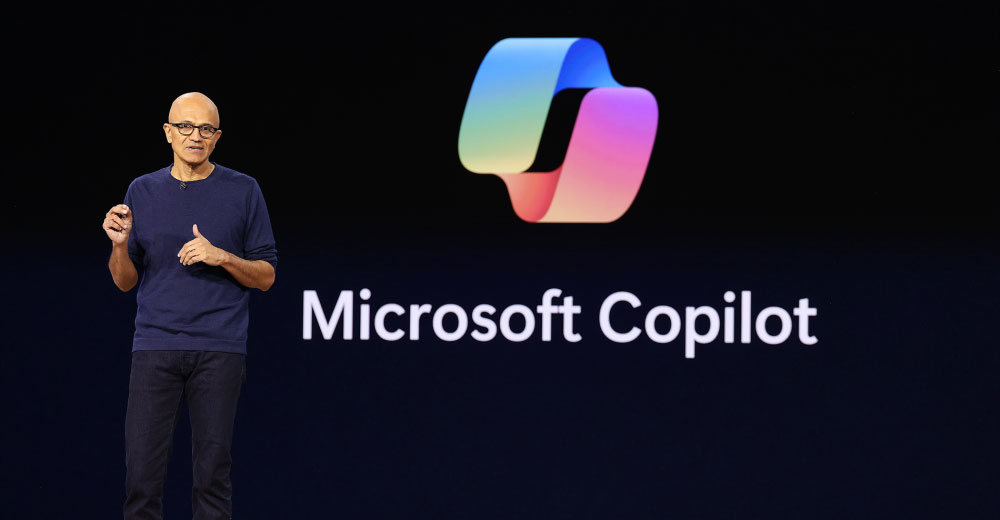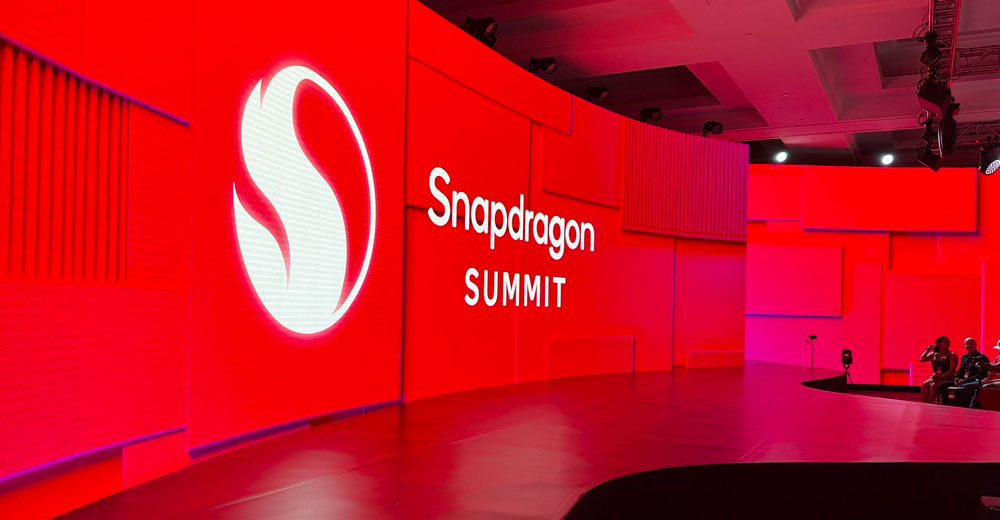
Cybersquatters, typosquatters and domain tasters were targeted by Microsoft Wednesday in a series of lawsuits filed in California, Washington and the United Kingdom.
“Domain name abuse is a growing global challenge, and so Microsoft is expanding its efforts in this area for two reasons,” explained Microsoft Senior Attorney Aaron Kornblum in a video posted on the Web by the company. “First, to protect its intellectual property in domain names around the world and second, more importantly, to protect consumers who are trying to visit legitimate company Web sites.”
Cybersquatters register Internet domain names containing not only widely recognized trademark names and brands but also misspelled variations of them, which often result in tricking unsuspecting computer users and illegally profiting from them through online ad networks, according to Microsoft. Screens filled with pay-per-click advertisements greet visitors to these Web sites, which can generate revenue for the registered domain owner and the online ad network.
Cluttering the Web
In the past six months, Microsoft said the company has reclaimed more than 1,100 infringing domain names worldwide with the help of its researchers, led by Yi-Min Wang.
“If we don’t stop this practice we’re going to have a very cluttered Web where most of the Web sites are actually junk,” Wang said in an online video. “The Web community will be spending a lot of time just to try to dig through the junk to get to the right Web site they want. So this one is actually very important for the Web’s long-term health.
“The big players are the problem because they figure out by registering one type of domain you may get enough traffic to make enough money to cover the registration costs,” he continued. “So if they buy a million domains, they can make millions of dollars.”
Millions in Judgments
In California, Microsoft filed a lawsuit against Maltuzi in which it alleges that the company profited from domain names that infringe on Microsoft’s trademarks and has engaged in large-scale domain tasting — registering large blocks of domain names that it either retains or drops based on traffic performance.
In Seattle, Microsoft has filed two “John Doe” lawsuits to unmask defendants it alleges are infringing the software maker’s trademarks.
In the United Kingdom, Microsoft said it has conducted five new legal actions against companies allegedly having registered domain names that infringe on Microsoft’s trademark and other statutory and common-law rights.
In addition, Microsoft amended a John Doe lawsuit filed in August 2006 to name as defendants in the case Sule Garba, Darin Grabowski and Yi Ning.
The company also announced settlements in three cases — one in the United Kingdom and two in the United States — in which it received judgments totaling US$3 million.
Speculative Market
Some 2 million domains are registered every day, according to Rod Rasmussen, cofounder and director of operations for Internet Identity, an anti-phishing company. He estimates that anywhere from 10 to 50 percent of those names could be considered cybersquatting.
What’s more, more than 90 percent of those names are just being “tasted” by cybersquatters, he maintained. “Before tasting took off, we’d see between 10,000 and 20,000 new domains registered a day,” he told TechNewsWorld.
“Practices such as domain name tasting risk turning the domain name system into a mostly speculative market,” Francis Gurry, deputy director general of the World Intellectual Property Organization (WIPO), said.
WIPO is one of four organizations designated by the Internet Corporation for Assigned Names and Numbers (ICANN), which oversees domain name distribution, to arbitrate domain name disputes. On Monday, WIPO reported that the number of cybersquatting disputes filed with the organization increased 25 percent from 2005 to 2006.
Policy Response Needed
“Domain names used to be primarily specific identifiers of businesses and other Internet users, but many names nowadays are mere commodities for speculative gain,” Gurry continued. “The rate at which domain names change hands and the difficulty to track such mass automated registrations challenge trademark owners in their pursuit of cybersquatters.
“With domain names becoming moving targets for rights holders, due consideration should be given to concrete policy responses,” he added.
One such response is being mounted by the manager of the “.org” domain, the Public Interest Registry (PIR).
Excess Deletion Fee
A major factor contributing to the skyrocketing growth in domain tasting is a rule that allows someone buying a domain name to revoke their action within five days of purchasing the domain without financial penalty. “What has happened is that we have millions of these things registered every day, put up and dropped, and no one ever pays for them,” Rasmussen explained.
That will change for “.org” registrars in May when PIR launches its “Excess Deletion Fee” program. At that time, any registrar who drops more than 90 percent of the domain names they order during the five-day grace period will have to pay five cents for each name.
“This is something that’s never been tried before,” PIR Senior Vice President David Maher told TechNewsWorld. “We believe it’s a good response to the problem, but only time will tell.”
“That could alleviate some of the problem,” Robert Kay, of DomainStatute.com told TechNewsWorld. “It could work, but only with a small portion of the domains that are issued.”





















































